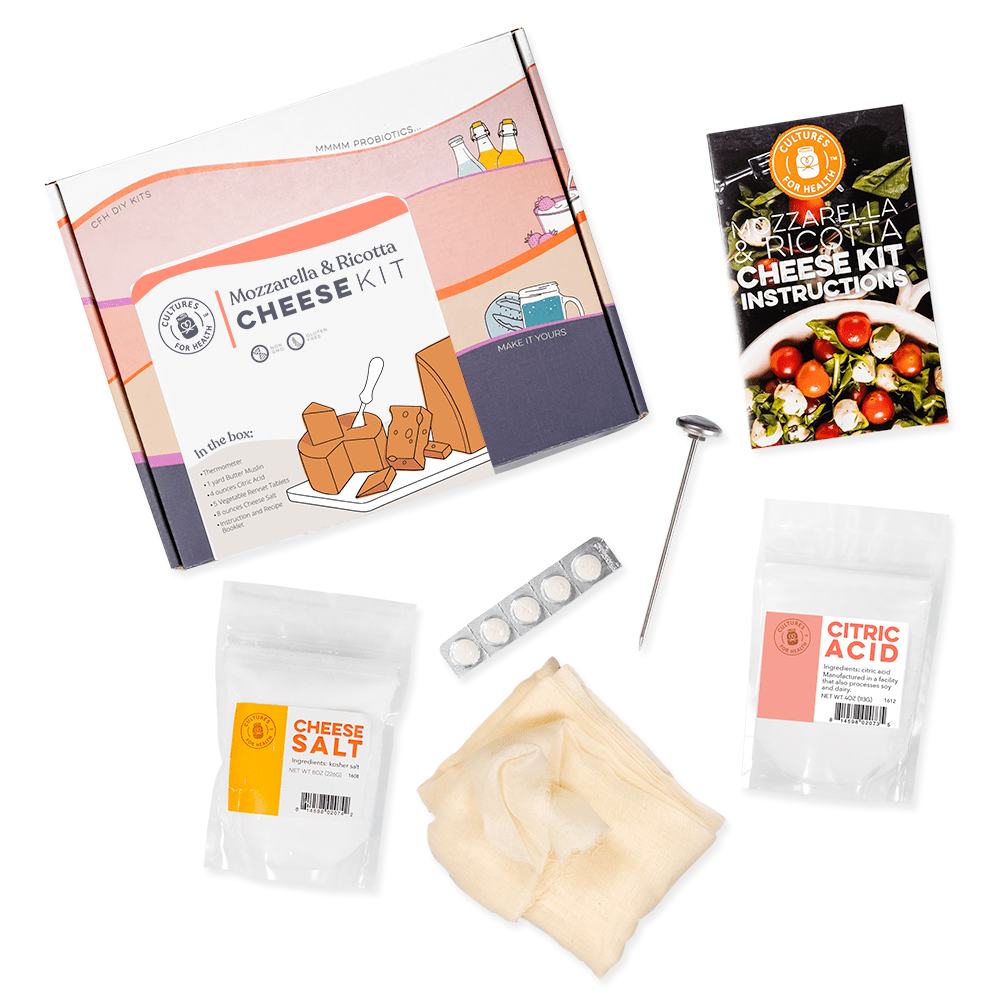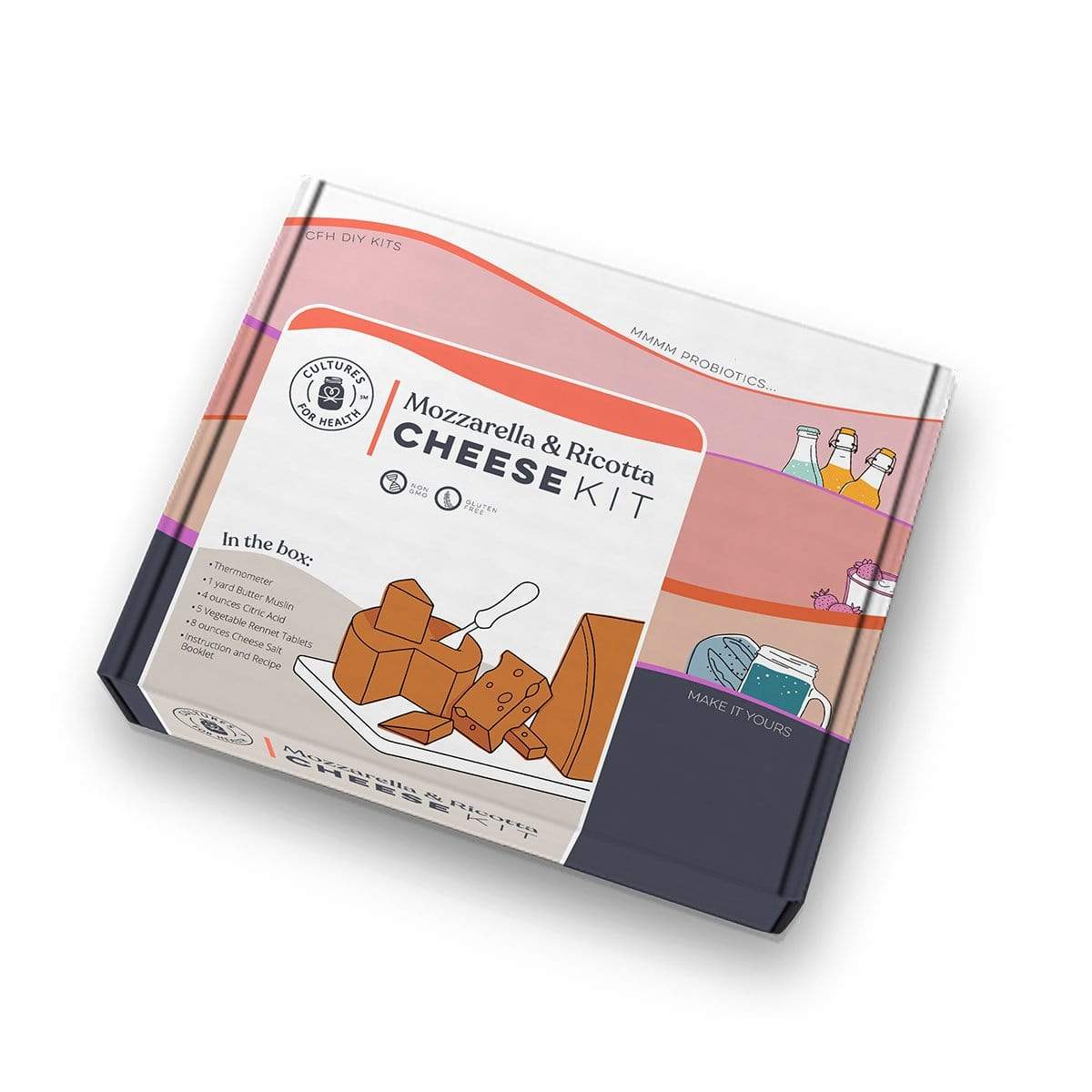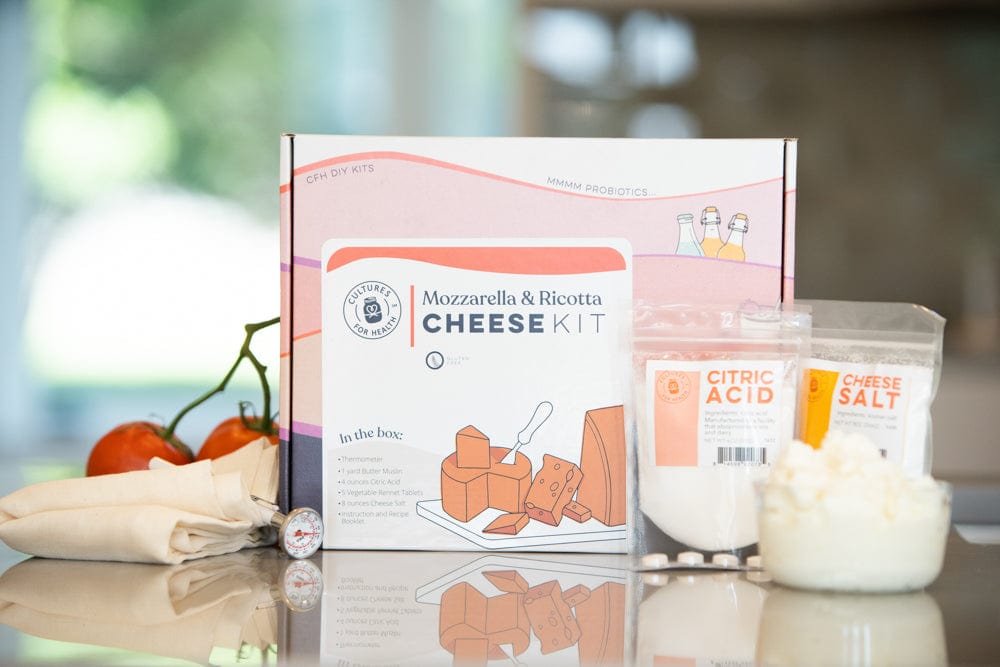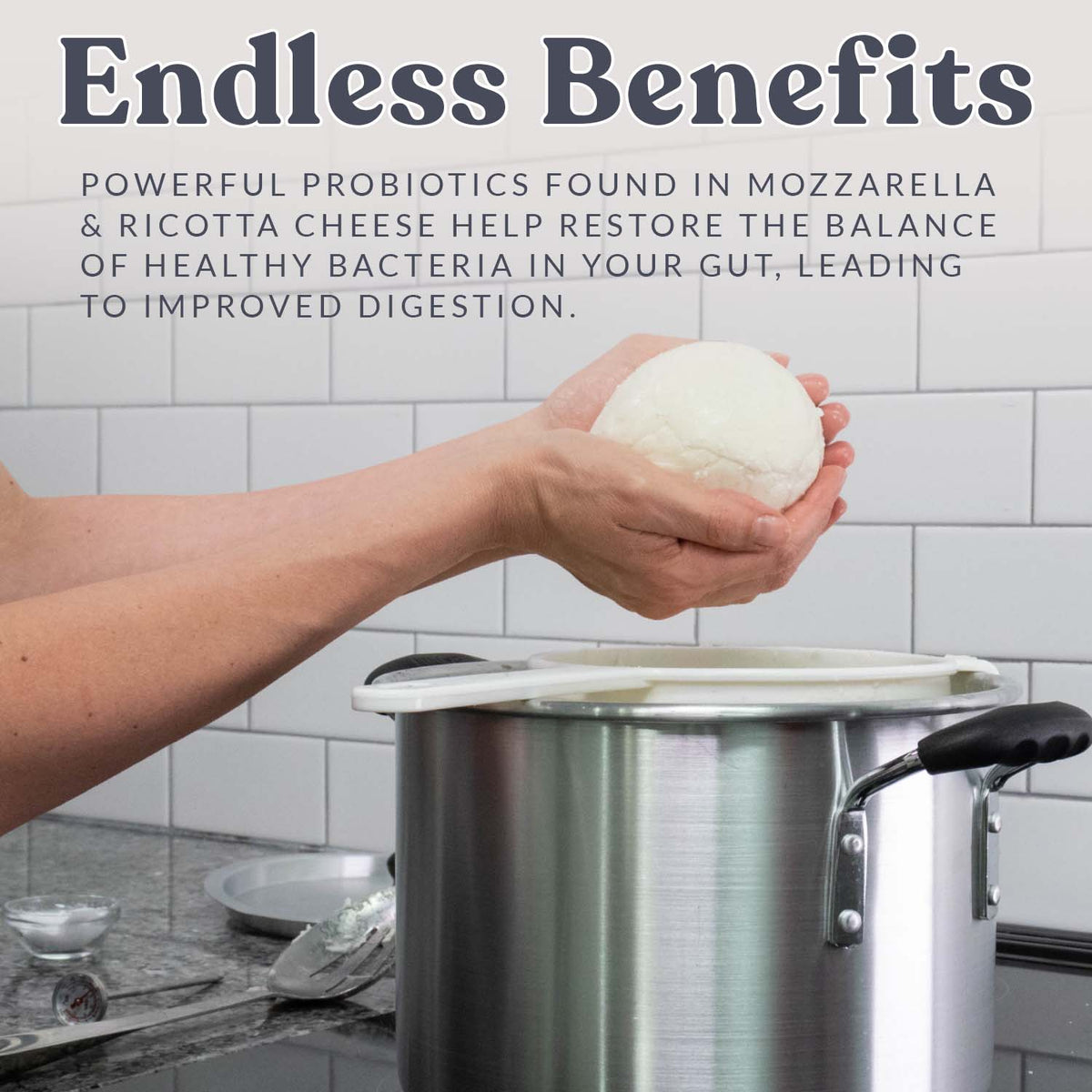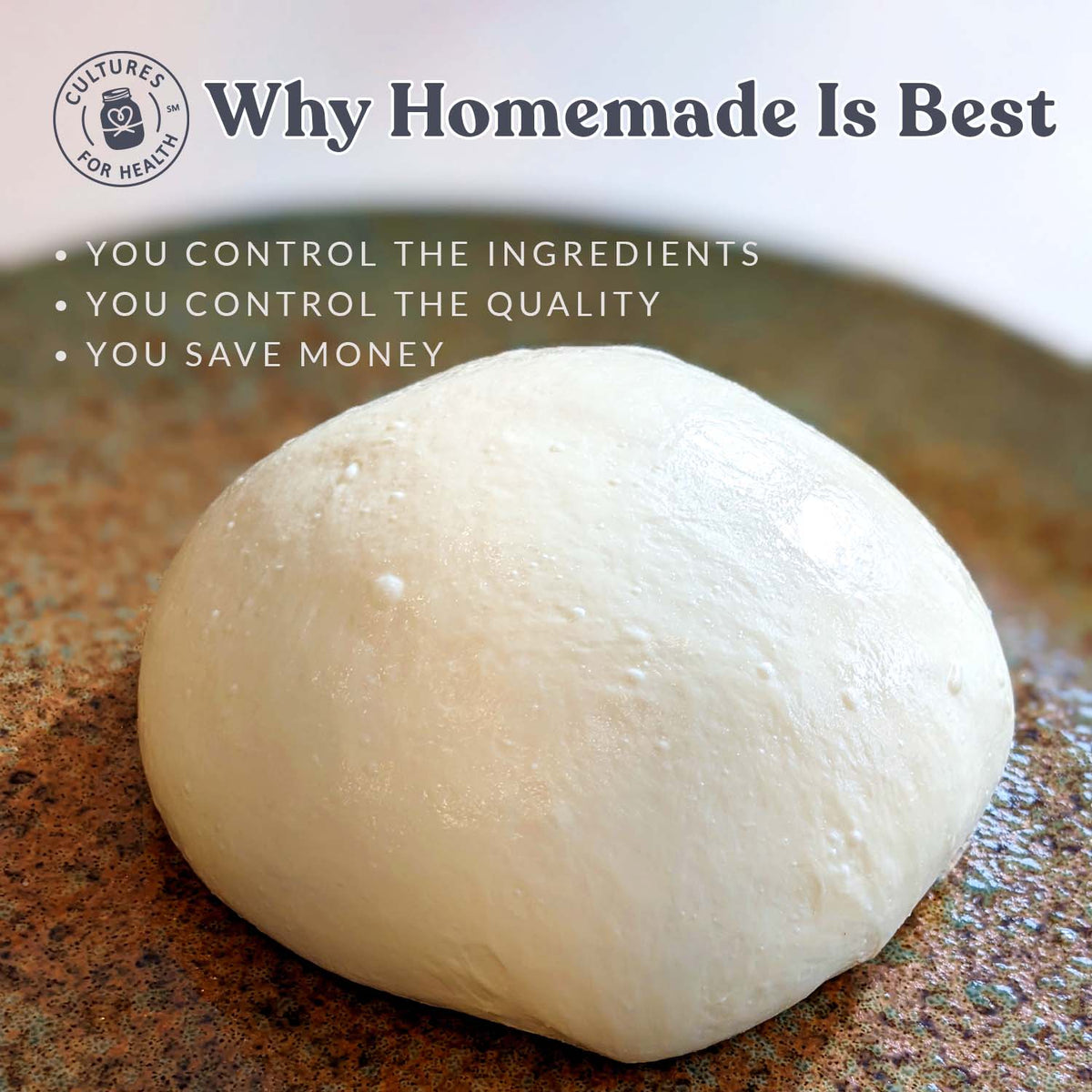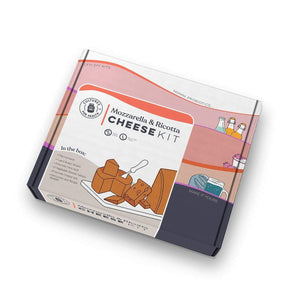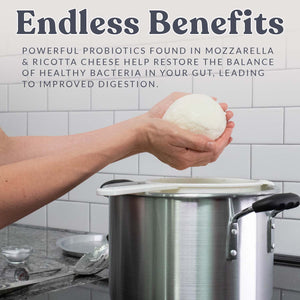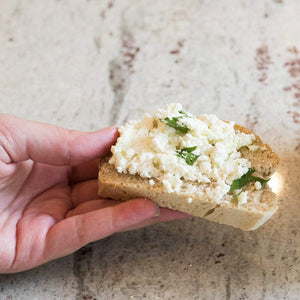
When you discover mold on your favorite cheese, it's normal to feel a little worried. After all, we're often told that mold is something bad, something we should avoid. Mold is a type of fungus, and it grows in spots or patches that can be fuzzy or slimy. Depending on the type of mold, it could be black, green, white, or even other colors. It can make your cheese look less appetizing and might make you wonder if it's still okay to eat.
Introduction to Moldy Cheese
However, mold and cheese have a more complex relationship than it might seem. Not all molds are harmful or unwanted. In fact, some molds are a key part of making certain kinds of cheese. To understand this, we need to take a closer look at the cheese-making process. It's a fascinating journey that involves milk, bacteria, and yes, even mold.
The Role of Mold in the Art of Cheese-Making

Did you know that mold helps make cheese? Yes, it's true. Mold molecules are like tiny workers that change the milk's sugars and proteins to give cheese its special taste and feel.
Think about cheeses like Brie or Roquefort. Have you noticed the white cover on Brie or the blue lines in Roquefort? These are because of special mold added during cheese-making. This mold does more than just give cheese its looks. It gives cheese that special zing.
Mold also helps keep the cheese safe for a longer time. It can develop the special covering–or bloomy rind–that you often find of soft cheeses. It stops harmful germs from growing and spoiling the cheese.
So, molds and cheese are partners in a way. They work together to make the cheese we all love. But sometimes, they can also create problems. We will talk more about these problems and how to solve them in the next sections.
Can You Eat Moldy Cheese?: Understanding the Dilemma
Now, you might be asking, "Can I eat moldy cheese?" That's a great question. The answer isn't always simple, because it depends on the type of cheese and the kind of mold.
Picture the cheese you find in the store. There are so many kinds! You have soft cheese like Brie or Camembert, hard cheese like Parmesan, and even semi-soft cheese like Mozzarella. Each of these cheeses behaves differently when it gets moldy.
With some cheese, the mold can't get too far inside. It stays near the surface. But in others, like soft cheeses, the mold can spread throughout, like the roots of a tree. This is why the type of cheese matters when deciding if you can eat moldy cheese or if you should throw it away.
How to Eat Moldy Cheese Safely: Practical Guidelines
So, what should you do if your cheese gets moldy? Well, if it's a hard or semi-soft cheese, you can usually just cut off the moldy part and eat the rest. The mold usually stays on the surface and doesn't go deep. When you cut it, be sure to start at least an inch away from the moldy spot. You don't want your knife to touch the mold and then cut into the cheese you're going to eat. That could spread the mold further.
If your cheese is soft and it gets moldy, it's safer to throw it away. This is because the mold can spread throughout the cheese. You might not see it, but it could still be there.
Stop Cheese from Getting Moldy: Useful Tips
Let's talk about how to keep your cheese from getting moldy in the first place. Here are some helpful tips:
-
Store your cheese in the right way. Cheese likes cool and slightly damp places. That's why the fridge is a good place to keep it, though soft cheeses need to be able to breathe, while hard cheeses should be kept from drying out.
-
Don't leave cheese out for too long. If cheese stays out in the warm air, it can start to mold faster.
-
Use clean hands and tools when you handle cheese. This helps keep germs and molds away.
Making Fresh Cheese at Home: Fun and Healthy
Do you want a way to enjoy cheese without worrying about mold? Try making your own cheese at home! It's a gratifying activity, providing healthy food for yourself and your family while having some fun trying something new. With a cheese kit from Cultures for Health, you can make fresh cheese right in your kitchen.
Mozzarella and Ricotta Cheese Making Kit
Homemade cheese tastes so good! You might be surprised at how different it tastes from the cheese you buy at the store. Plus, when you make your own cheese, you know exactly what's in it. You can make sure it's healthy and safe to eat.
You can do mozzarella cheese making for your next pizza night, or some cheddar cheese for an afternoon snack (try pairing it with a crisp, sour apple!). You could also try a different easy cheese recipe–cream cheese makes for a delicious experiment!
And guess what? Making your own cheese can be a fun project for the whole family. You can all learn together, and then enjoy the tasty cheese you made. It's a win-win!
Wrapping It All Up: Understanding Moldy Cheese and Homemade Cheese Making
Moldy cheese might seem scary, but now you know it's not always bad. Mold plays an important part in making cheese, and sometimes, you can even eat cheese that has mold on it. But remember, safety first! If you're not sure if a cheese is safe to eat, it's better to throw it out.
Ready to try your hand at making your own cheese? With cheese making kits from Cultures for Health, you can make delicious, fresh cheese at home. It's a fun, healthy activity, and the cheese you make will be safe and mold-free.
So, the next time you see mold on your cheese, don't panic. Just remember–can you eat moldy cheese? Sometimes! Cut it off in hard cheese, toss it for soft. . And consider trying to make your own cheese. You might find that you enjoy it more than you thought!















